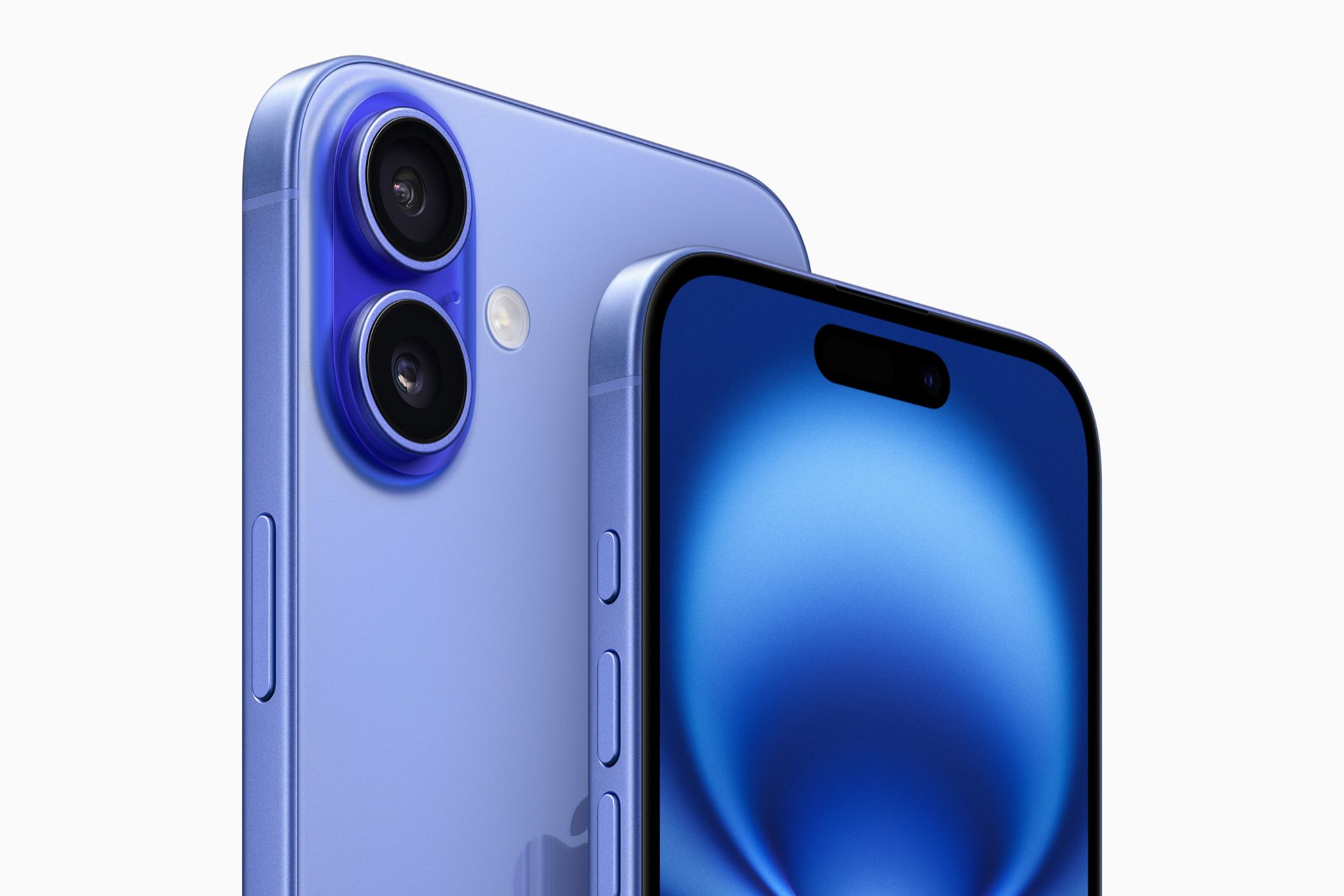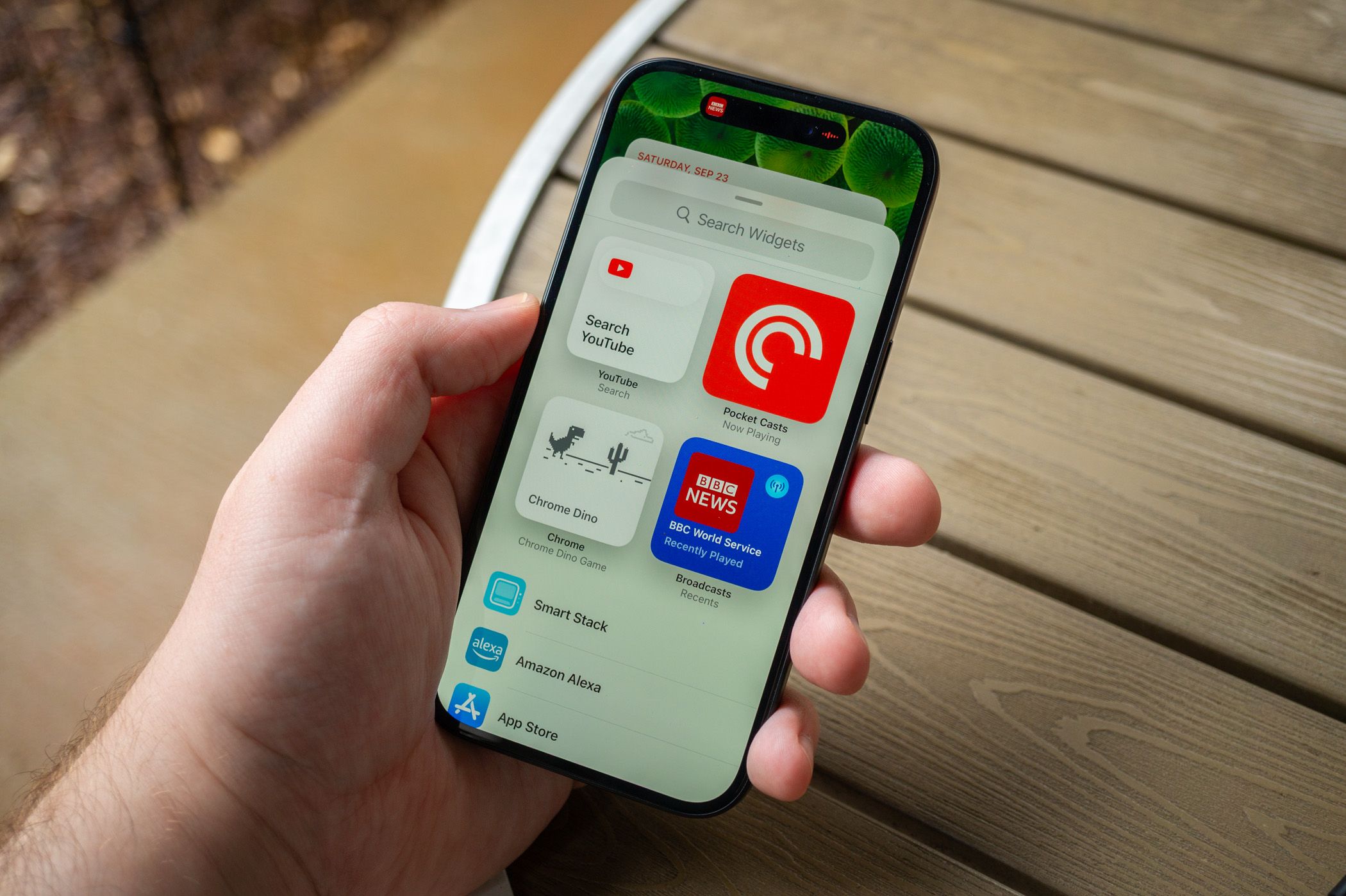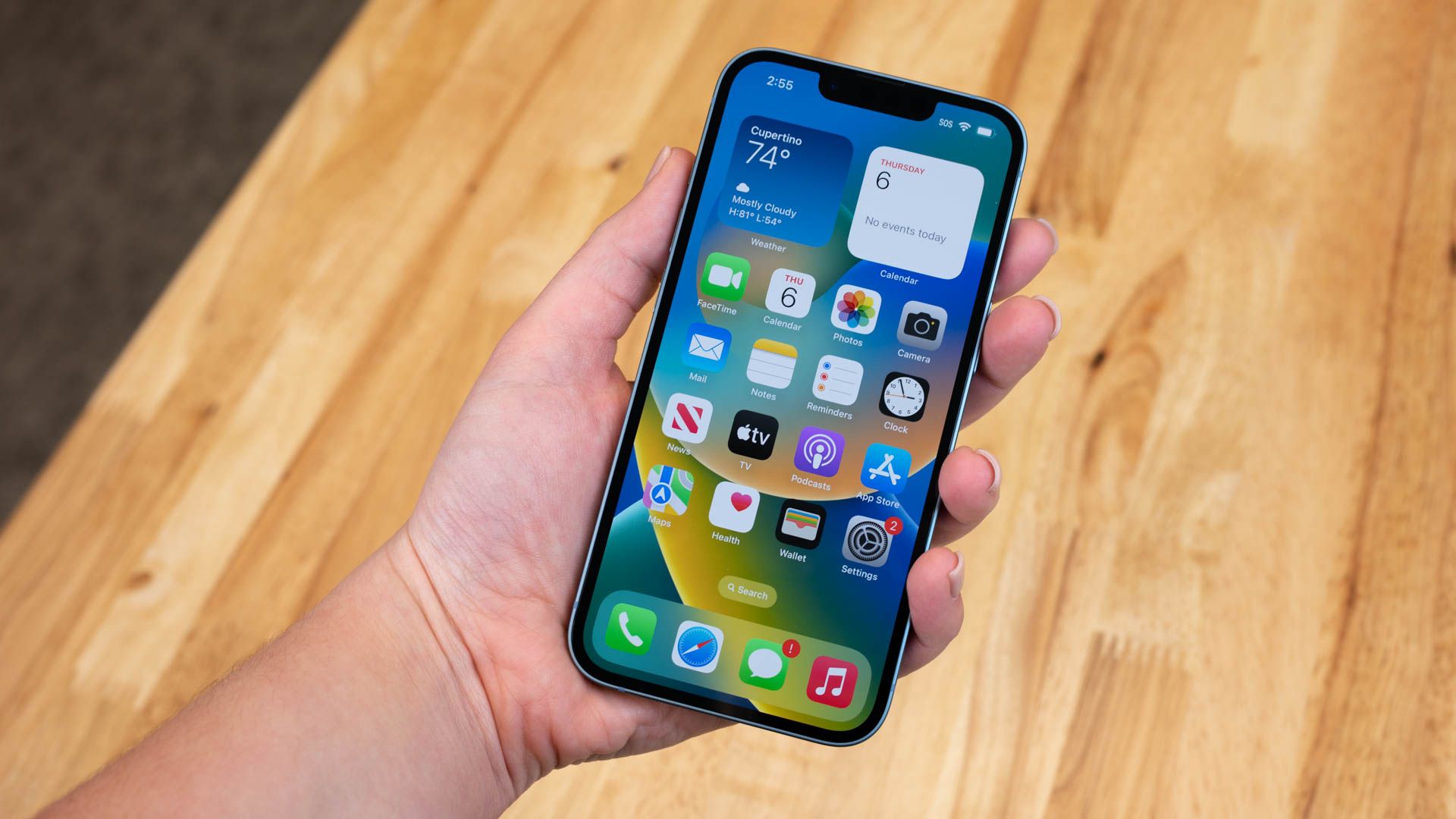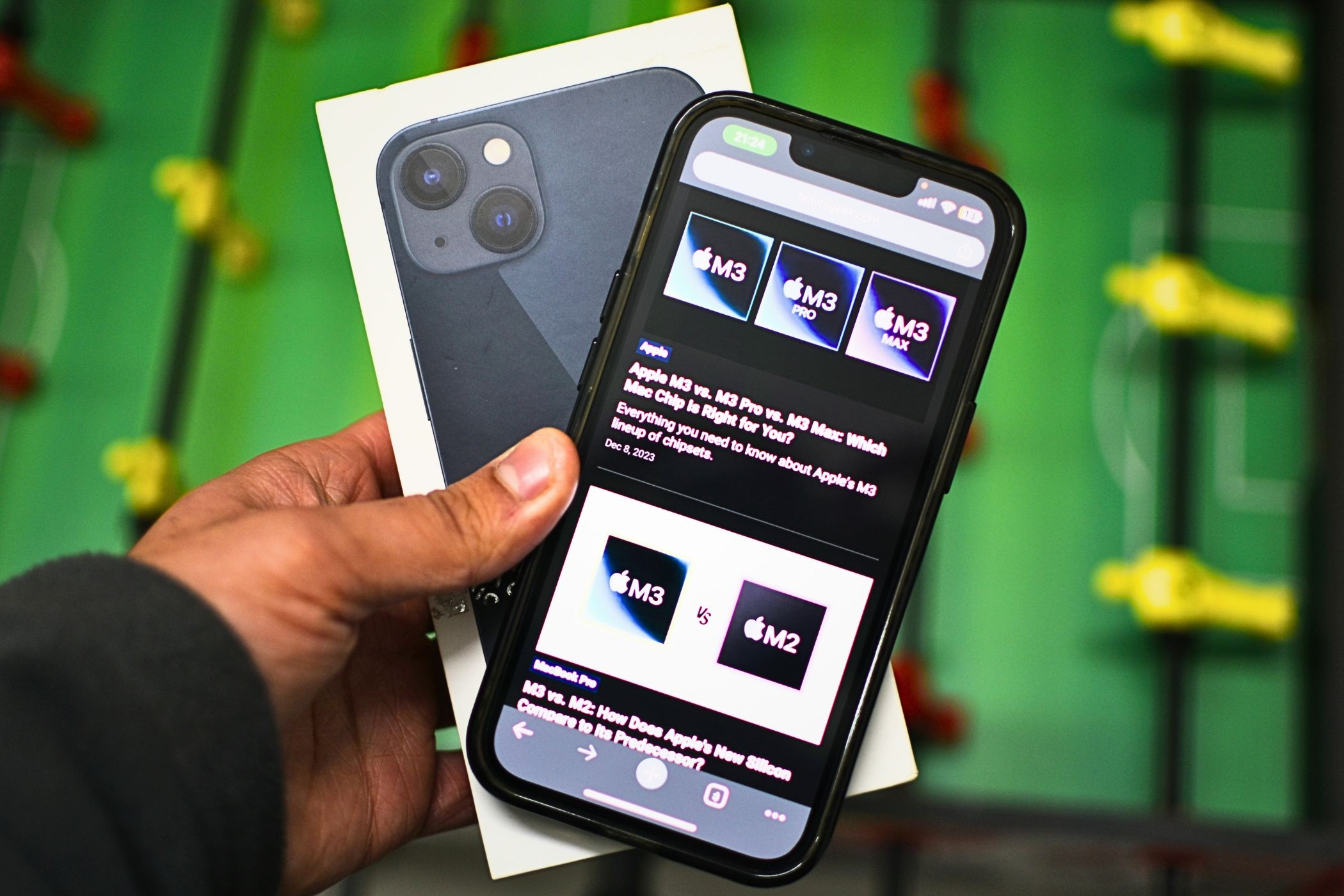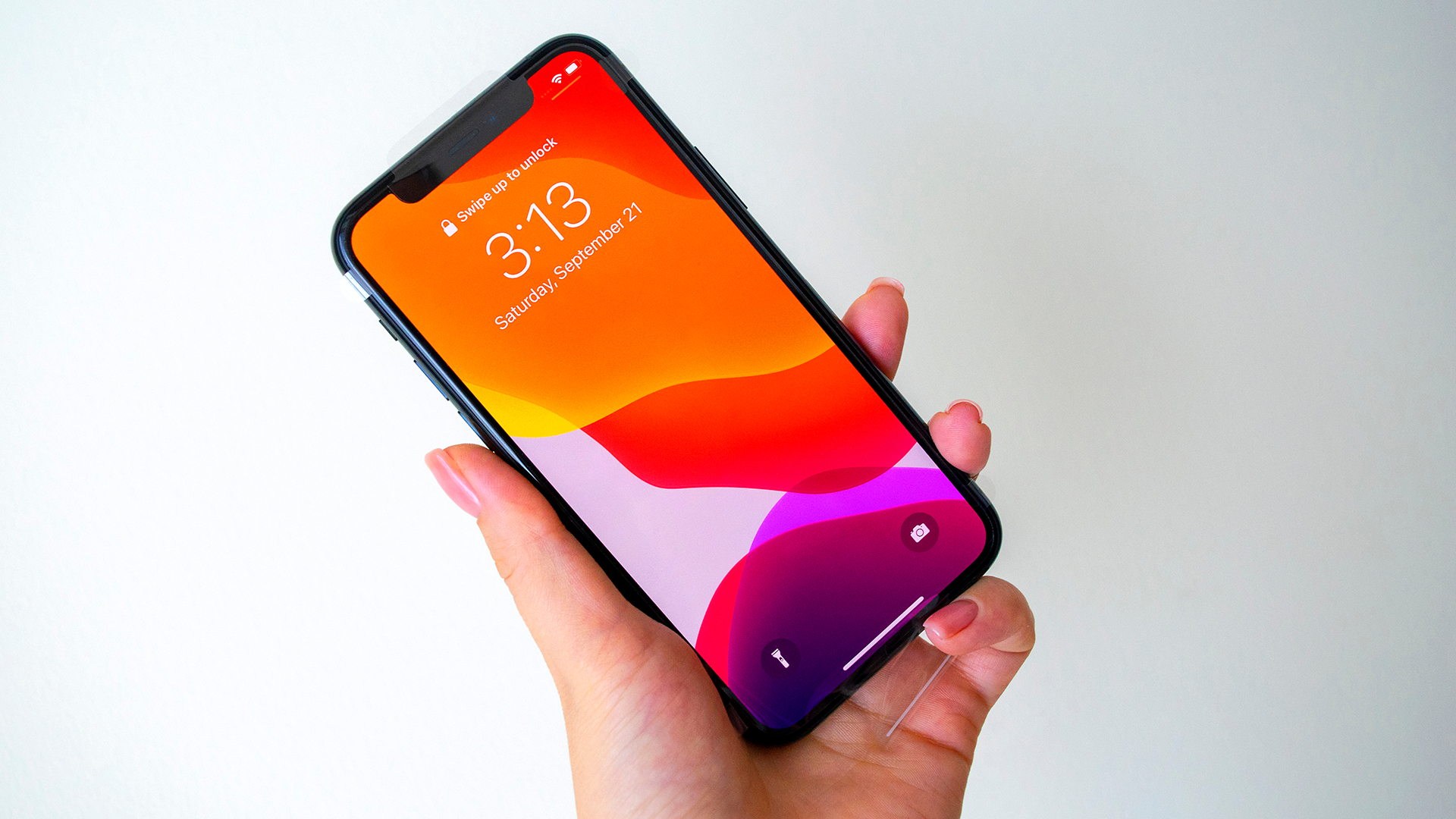Key Takeaways
- iPhone 15 users may want to hold off upgrading unless they’re especially concerned about Apple Intelligence support, Camera Control, and a better ultrawide camera.
- iPhone 14 users might be tempted by an upgrade due to everything added with the iPhone 15 plus the iPhone 16’s enhancements like Camera Control and faster MagSafe charging.
- iPhone 12 and older users will see significant improvements to almost all aspects of the iPhone experience, from faster performance to brighter displays, better cameras, USB-C charging, Dynamic Island, and much more.
New iPhone, new dilemma: to upgrade or not upgrade. The changes seem to be less compelling each year, but that’s not necessarily a bad thing. Here’s an upgrade guide for the iPhone 16, whatever iPhone you currently have.
What’s New With the iPhone 16
Apple unveiled the iPhone 16 (and the higher-end iPhone 16 Pro) at its September 2024 iPhone event, with a few notable changes over last year’s model.
The iPhone 16 starts at $799 for the base 128GB model, with the iPhone 16 Plus starting at $899. Both devices are equipped with the new A18 system-on-a-chip, which is compatible with Apple’s big new talking point: Apple Intelligence.
On top of the faster and more capable system-on-a-chip, the iPhone 16 adds Camera Control, a touch-sensitive button for launching the camera, shooting images, zooming, and accessing photo settings. There’s also a new Action button like that found on the iPhone 15 Pro in place of the mute switch.
The iPhone 16 gets a better 12-megapixel ultrawide camera that’s capable of both macro shooting and spatial video and photo capture thanks to its vertical array. To top things off there’s tougher front glass, faster (up to 25W) MagSafe charging, faster Wi-Fi 7 support, and two additional (quoted) hours of battery life over last year’s iPhone 15.
iPhone 15 Users: Consider Upgrading for Apple Intelligence
When Apple unveiled Apple Intelligence at WWDC in June 2024, the iPhone 15 missed out since it uses an A16 Bionic processor. With the new A18 system-on-a-chip, the iPhone 16 is ready for Apple Intelligence when the feature gradually rolls out following the launch of iOS 18.
This makes the iPhone 16 a tempting prospect for any iPhone 15 owners who want to use Apple’s new AI features. These include a smarter Siri, context-aware requests for information, writing assistance, and even image generation (most of which takes place locally). Your iPhone 15 is still relatively new, which means it should still fetch a decent second-hand price to fund your purchase.
Aside from this, the iPhone 16 shares a lot of similarities with its predecessor, like USB-C charging, the Dynamic Island, satellite communication, and a decent camera system (though the iPhone 16 has a better ultrawide camera).
On top of this, the iPhone 15 retains a physical mute switch whereas the iPhone 16 replaces it with an Action button that can be reprogrammed to do all sorts of things (like trigger shortcuts, switch on the flashlight, or take a voice memo).
The only other “big” change is the addition of Camera Control on all iPhone 16 models, which makes launching the camera and taking photos a little more intuitive. This pressure-sensitive button can be used to trigger the Camera app, zoom by swiping, or access common camera controls with a lighter double-tap.
Lastly, if you’re a MagSafe addict who loves charging wirelessly, you might want to take advantage of 25W fast charging with a compatible 30W MagSafe charger on the new iPhone 16. Alternatively, sit pretty and plug your iPhone 15 into a 20W adapter.
iPhone 14 Users: More Reasons to Scratch the Itch
There’s nothing wrong with the iPhone 14. It’s a solid little device that still performs well thanks to its A15 system-on-a-chip, and it even got an over-the-air update that doubled the speed of wireless charging with a Qi2 charger in late 2023.
That said, it is starting to look a little old now thanks to some big changes that arrived last year. The iPhone 14 still uses Apple’s “Notch” rather than the Dynamic Island, and it features a Lightning port while all newer devices use USB-C.
The camera is also looking a bit long in the tooth with 12MP wide and ultrawide sensors, compared with the 48-megapixel wide and macro-capable ultrawide on the iPhone 16. The older Wi-Fi 6 chip may start to feel slow compared to the Wi-Fi 7 support in the latest models, but you’ll need an internet connection and a wireless router that can support these newer standards if you’re to take advantage of them.
But the iPhone 14 still has some fairly modern features that might make it worth holding onto, like MagSafe support, Crash Detection, satellite SOS calling and texting, and a five-core GPU that should still be good enough to get great performance in 3D games.
Remember that Apple will support your device for years to come (until 2028 by our calculations). If you’re happy with the quality of photos and videos, haven’t noticed performance issues, and don’t think you’ll make use of the AI features that Apple Intelligence enables, then you might be better off saving your money for a future release.
iPhone 13 Users: We Wouldn’t Blame You for Upgrading
The iPhone 13 features the same A15 Bionic chip found in the iPhone 14, albeit with a slightly weaker four-core GPU. It’s starting to show its age, but the chip is still good enough for most users in 2024. The iPhone 13 is MagSafe-compatible, has a bright OLED display, and a fair camera system (it was the first iPhone to feature Cinematic Mode for video, too).
More concerning is the state of the average iPhone 13 battery by this stage, which isn’t a comment about the phone’s hardware but the way the lithium batteries inside them age.
An upgrade to the iPhone 16 would yield some big improvements, but these won’t necessarily appeal to everyone. You’ll gain some nice-to-have features like USB-C charging (though you’ll need to replace or adapt your old accessories), dedicated Camera Control and some better camera sensors to use it with, a programmable Action button that replaces the mute switch, and the big one: Apple Intelligence support.
There are also some big safety features that you’re currently missing out on, like Crash Detection, satellite Emergency SOS, and satellite road assistance (assuming you’re in the US and can take advantage of those features).
We wouldn’t blame you for upgrading to the iPhone 16, and there are plenty of reasons to do so, just remember that the iPhone 13 will likely see software support for another three years so if you’re happy with your device as it stands then more power to you.
iPhone 12 and Older Users: It’s Probably Time
If you have an iPhone 12 or older, you’re probably feeling a bit left out when it comes to the latest features. The A14 Bionic might be showing signs of slowing down, and the A13 Bionic in the iPhone 11 certainly feels sluggish at this stage. That said, both of these models are still supported by Apple and both can run iOS 18.
It feels reductive to say “upgrade now, you’re holding an antique” because, for a lot of people, an iPhone 11 or earlier is all they need. But if you’re reading this, you’re probably already contemplating the upgrade. The good news is that an upgrade to an iPhone 16 will feel transformative in many respects.
Almost everything will feel new or better in some way, from the Dynamic Island on the front to the new Camera Control features, improved camera sensors, brighter display, faster wireless chips for both Wi-Fi and cellular, and safety features like Crash Detection and satellite support. Plus you’ll get all those AI features, running locally on your device, when Apple eventually releases them.
Being able to charge over USB-C is great, assuming you have plenty of USB-C cables already (at least you get one in the box), and if you’re coming from a base-level iPhone 12 you’ll enjoy the bump in base storage from 64GB to 128GB. iPhone 11 users get another big upgrade in the form of MagSafe support, which might be reason enough to upgrade your iPhone.
Or Wait for the Next Refresh
The iPhone 16 might be Apple’s latest gadget, but the iPhone 17 is already in the works. By waiting another year, and making do with your older device, you could get even more for your money with next year’s update. Alternatively, you can grab this year’s tech at a slight discount.


